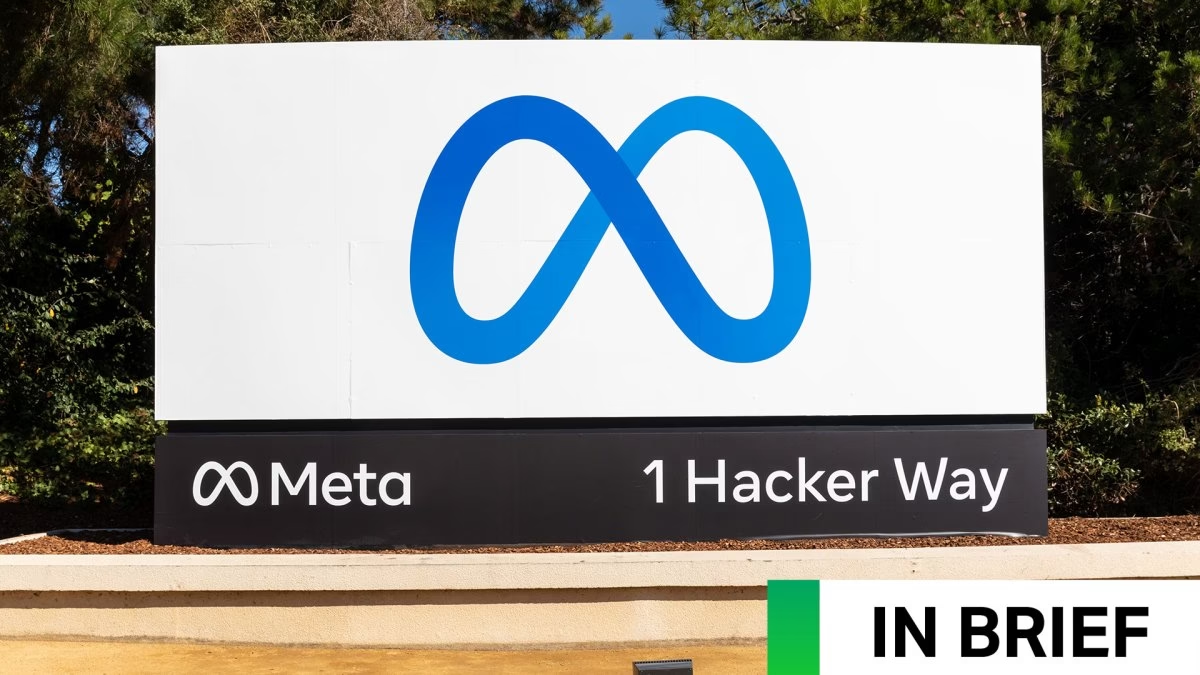Introduction: The Evolving AI Chatbot Landscape
The race to dominate the AI chatbot space is intensifying. With OpenAI’s ChatGPT and Google’s Gemini leading the charge, Elon Musk’s xAI is steadily closing the gap with its flagship conversational model—Grok. In its latest update, xAI introduces a memory feature that enables Grok to recall previous interactions, bringing it closer to the level of personalization users have come to expect from top-tier chatbots.

What Is Grok by xAI?
Grok is the AI chatbot developed by xAI, a company spearheaded by Elon Musk with the goal of making AI more helpful, transparent, and aligned with human values. Originally integrated with X (formerly Twitter), Grok is expanding across web and mobile platforms, seeking to rival established AI models like ChatGPT and Gemini.
xAI has framed Grok as an AI assistant with a unique edge—offering uncensored responses and being designed to integrate closely with Musk’s broader vision for digital communication and productivity.
Grok’s New Memory Feature: A Game Changer
On April 17, 2025, xAI announced the beta release of Grok’s memory functionality. This feature allows Grok to remember details from past conversations, such as your preferences, interests, and previous questions. This creates a more tailored user experience.
Imagine asking Grok for a restaurant recommendation after several previous chats about your favorite cuisines and dietary preferences. The result? A personalized suggestion that actually fits your taste—not just a generic list pulled from the web.
According to the official Grok account on X:
“Memories are transparent. You can see exactly what Grok knows and choose what to forget.”
This move signals Grok’s intent to compete on personalization and user engagement, critical differentiators in the current AI landscape.
How Grok’s Memory Compares to ChatGPT and Gemini
ChatGPT has long offered a memory feature, and OpenAI recently expanded it to include references across a user’s entire chat history. Similarly, Google’s Gemini also provides persistent memory, ensuring more context-aware responses tailored to individual users.
Grok’s memory is still in beta, and while it doesn’t yet match the depth of ChatGPT’s historical referencing, its integration and transparency tools are a solid foundation. Notably:
Memory control is built-in. You can toggle it off completely.
Individual memories are deletable. Just tap the icon below the memory in the chat interface.
It’s currently available via Grok.com and Grok’s mobile apps, excluding users in the EU and UK due to compliance concerns.
Privacy and Control: User-Centric Features
Grok takes a transparent approach to memory. Users have the ability to:
View what the AI remembers
Delete individual pieces of information
Disable memory altogether
This emphasis on user control and data transparency aligns with rising global concerns about AI ethics, privacy, and GDPR compliance. While the feature is unavailable in the EU and UK for now, xAI has expressed intentions to expand once privacy hurdles are cleared.
Availability and Platform Support
The memory feature is currently available on:
iOS and Android apps
It is not yet integrated into the Grok interface on X, but xAI has confirmed they are working to bring it to the platform soon. Mobile users can manage their settings through the Data Controls section, and full memory functionality will roll out in future updates.
Why This Matters for Businesses and Marketers
For entrepreneurs, marketers, and tech enthusiasts, this development is more than just another feature—it’s a shift toward AI-driven personalization that can be leveraged across:
Customer support and engagement
Content personalization
Intelligent product recommendations
User journey optimization
As AI becomes more integrated into business tools and workflows, understanding how features like memory impact user experience and behavior is essential for staying competitive.
Conclusion: Personalization Is the Future of AI
Grok’s memory feature marks a pivotal step forward for xAI, positioning the chatbot as a serious contender in the ongoing race for conversational AI supremacy. With OpenAI and Google continuing to innovate, xAI’s focus on personalization, transparency, and user control is a welcome addition to the ecosystem.
As these tools evolve, so does the opportunity for businesses to create deeper, more meaningful interactions with their audiences. By staying informed through trusted resources like Trenzest, you can confidently adapt and thrive in the age of intelligent automation.




